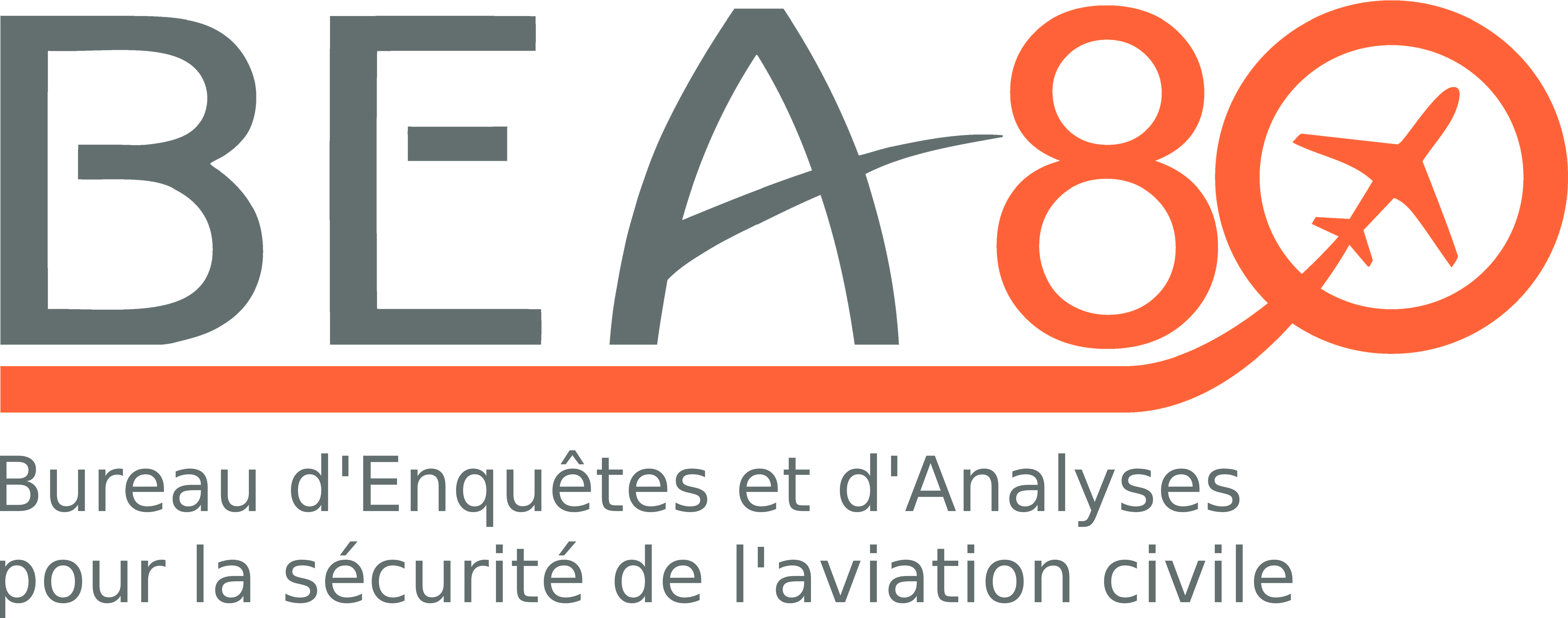Accident to the Rolladen Schneider LS6 registered F-CFDG on 08/07/2023 at Mons
Loss of altitude after cable release during towed take-off, hard off-field landing
The pilot carried out a towed take-off at around 10:40 with the purpose of carrying out a 750 km cross-country flight. During the towed flight, he observed a rate of climb which suggested that the aerology might not be favourable for the planned flight. The tug pilot, for his part, did not observe any particular aerology while towing and the rate of climb of the combination seemed normal to him for that time of the day.
After releasing the cable, the glider rapidly lost altitude with an abnormal and continuously high rate of sink. The pilot attributed the glider’s high rate of sink to the poor aerological conditions. He did not check the position of the airbrake control and did not observe the position of the airbrakes on the wings. He continued the flight despite the highly degraded flight performance. The glider continued to lose altitude, resulting in it no longer being in reach of a listed safe landing area and the pilot no longer having the possibility of carrying out an off-aerodrome landing in a suitable field. When the glider was at a height of 25 m in a valley, the pilot decided to land in a clearing situated on the RH side of his flight path. The glider struck tree tops and then touched down hard on
the ground.
The meteorological and aerological information collected during the investigation suggests the possibility of local phenomena from time to time but this alone cannot explain the continuously high rate of sink that was recorded.
The evolution of the vertical speed and the associated ground speed is compatible with that of a glider of the same type with the airbrakes and landing gear extended. The presence of a branch in the RH airbrake slot suggests that the airbrakes were deployed during the collision with the trees. These elements are consistent with the position of the airbrake control which the members of the flying club said that they observed after the accident (retracted not locked).
The extension of the airbrakes may have been due to a failure in the locking system, incorrect locking not detected during the pre-flight inspection or a pilot action (confusion between controls or unintended action during turbulence).
